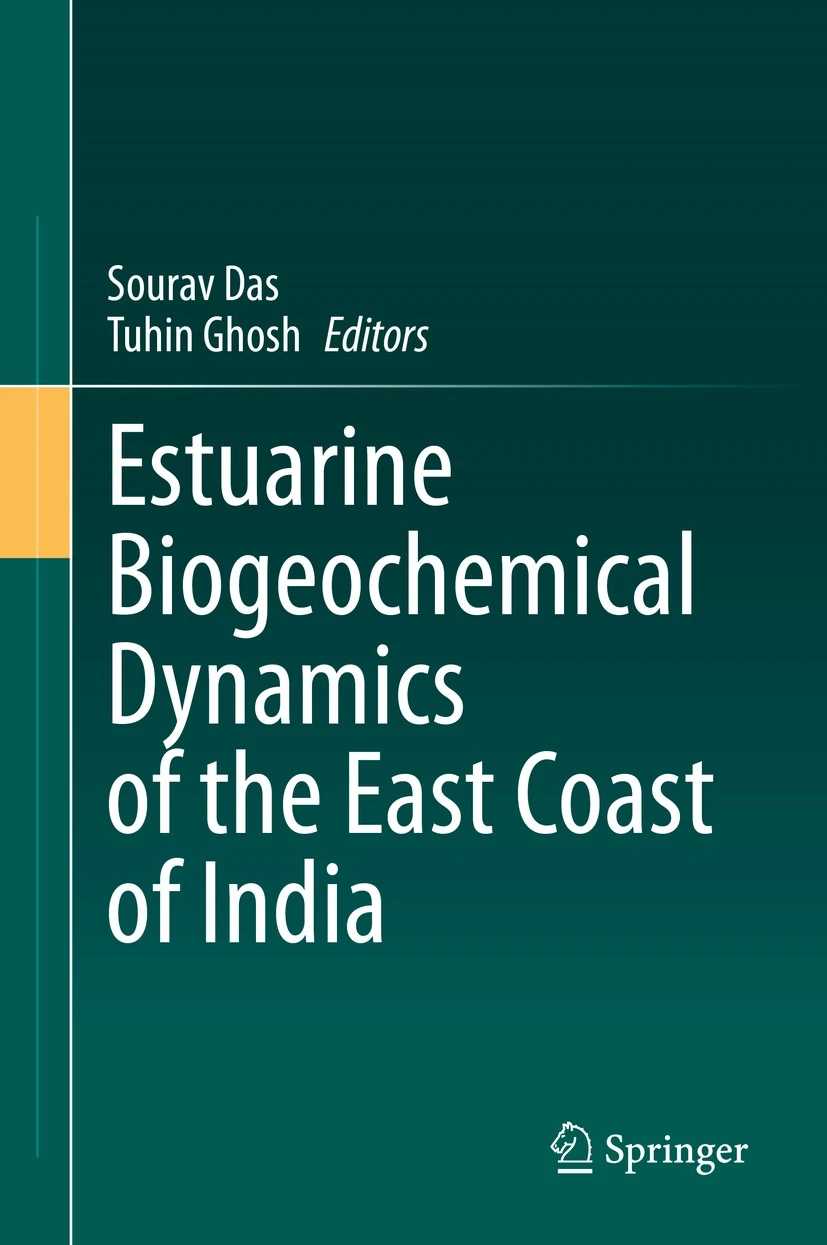Microzooplankton in Estuaries, Mangroves, and Lagoons of East Coast of India
Biraja Kumar Sahu & Sourav Das
Published in ‘Estuarine Biogeochemical Dynamics of the East Coast of India’
Abstract
The east coast of India is endowed with major estuaries, luxuriant mangroves, and the largest lagoons of India. This study compiled the microzooplankton research works undertaken in estuaries, mangroves, and lagoons of the east coast of India. Regionally, the microzooplankton study is reported from five estuaries, three mangrove areas, and two lagoon studies. The taxonomic groups in microzooplankton comprised ciliates, rotifers, heterotrophic dinoflagellates (HDFs), crustacean nauplii, molluscan nauplii, foraminiferans, radiolarians, etc. The ciliates formed the dominant group in all the ecoregions. A total of 120 ciliate species were listed that are classified into 29 families and 39 genera. The genera Tintinnopsis, Strombidium, and Eutintinnus contained the highest number of species. Among the ciliates, 91 species are loricate (shelled) and 29 are loricate (naked) forms. Among 91 loricate species, 57 are agglomerated and 34 are non-agglomerated (hyaline). Most studies focused on tintinnids only. Tintinnid biomass and production rate are available for four regions. Rotifers comprised 59 species covering 14 families and 25 genera. The families Brachionidae and Lecanidae dominated the species list. Brachionus genera covered maximum species (13 species) followed by Lecane (10 species). The highest number of rotifer species (35 species) are recorded in Chilika lagoon and Pichavaram mangroves. A few studies of HDFs in microzooplankton are available. A big research gap is there in microzooplankton studies including taxonomy and process studies in the tropical coastal environments of India.

